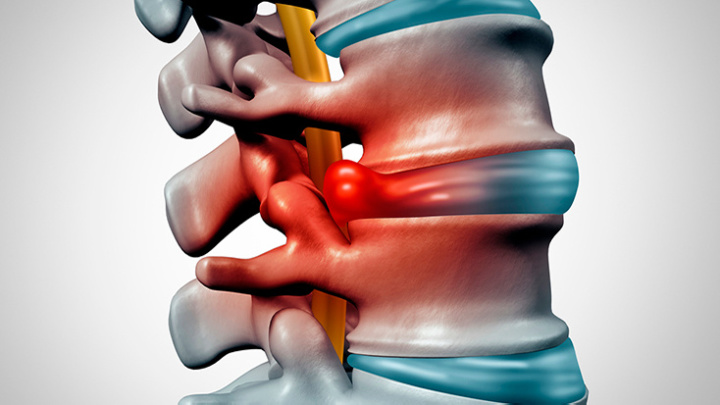Numbness, Weakness or Sciatica: How to Identify and Treat Your Symptoms


Nagging numbness and weakness in the lower back or legs troubling your daily life? It could signal sciatica, a common affliction among Hong Kong's fast-paced populace. But before sounding the alarm, know that not all lower limb pain stems from this nerve disorder. Inflammation of surrounding muscles or soft tissues can mimic the hallmark sciatica symptoms, triggering a dull ache that eases with motion rather than the numbness and impaired sensation of true sciatica.

Sciatica: When Never Pain Radiates
Sciatica arises from pressure on the sciatic nerve cord in the lower spine. Discs or bones may herniate or spur into the lumbar and sacral nerves, compressing them. As these nerves extend down the legs, pain radiates through their pathways—often those of the L5 and S1 nerves traversing the calves and feet. Function loss accompanies worsening nerve compression, imparting numbness and impairing muscle control or sensation. In severe cases, even toe and leg movement may be compromised, challenging mobility.

Sciatica pain radiates for 24 hours along nerve paths—to the top foot (L5 nerve) or sole and calf back (S1 nerve). Resistant to general remedies, sciatica limits medication efficacy. Depending on the compressed nerve, one may feel pinpricks, numbness or burning pain in the lower limb's skin, with difficult sole lifts (L4), big toe raises (L5) or drops (S1). If the last two lumbar vertebrae are squeezed, severe pain radiates down the sciatic nerve to the foot, intensifying during leg lifts by stretching this nerve. Numbness thus reaches the sole, weakening sensation/muscle control. An S1 nerve issue cuts off the heel-strike response.
Treatment of Sciatica
1. Physiotherapy
For confirmed sciatica without severe nerve/disc damage, medication and physiotherapy may alleviate symptoms within weeks as disc enzymes/white blood cells absorb and shrink herniations.
2. Surgical Treatment
If symptoms persist or damage is considerable, minimally invasive surgery removes the disc herniation or relaxes the nerve. Minimally invasive surgery to remove the herniated disc and relax the affected nerve is now very well developed, resulting in smaller wounds and less post-operative pain. For significant bone displacement, decompression surgery and bone stenting may be required. While less invasive approaches expedite recovery, joint deterioration cannot be reversed. Post-operation physiotherapy and exercise thus remain important.
If you notice the above symptoms, you should seek medical advice from a specialist as soon as possible.
Related Brands










